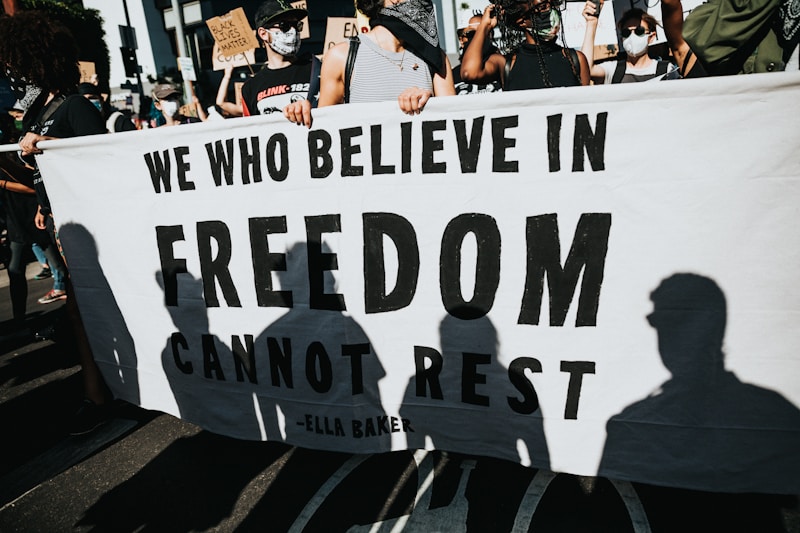Questions and Answers
What is the main characteristic of a cross-functional team?
During the storming stage of team development, what action is recommended?
What type of team structure is typically associated with the training phase mentioned?
In the performing stage, what is the primary focus of team leaders?
Signup and view all the answers
Which of the following best describes the adjourning stage of team development?
Signup and view all the answers
What action is appropriate during the norming phase of team development?
Signup and view all the answers
Which strategy is most effective to minimize involvement during the communication phase?
Signup and view all the answers
What is an essential part of establishing a team culture?
Signup and view all the answers
How should a coach handle serious conflicts within a team?
Signup and view all the answers
What approach should be taken when dealing with team issues?
Signup and view all the answers
What is important to clarify at the beginning of a project?
Signup and view all the answers
Which behavior should a coach demonstrate in the team setting?
Signup and view all the answers
What is the purpose of setting ground rules in a team?
Signup and view all the answers
What should be emphasized when communicating project objectives?
Signup and view all the answers
What is a critical aspect of managing team dynamics?
Signup and view all the answers
What is the primary focus of the mobilization stage in an organization?
Signup and view all the answers
What does the action stage primarily involve in team performance?
Signup and view all the answers
Which of the following stages is NOT part of the Drexler/Sibbet Team Performance Model?
Signup and view all the answers
The alignment stage in the team performance model is primarily responsible for what?
Signup and view all the answers
What characterizes the early stages of the Drexler/Sibbet Team Performance Model?
Signup and view all the answers
In the context of team performance, what is the significance of continuous review during the alignment stage?
Signup and view all the answers
Which aspect is NOT a component of the action stage in the team performance model?
Signup and view all the answers
What does the continual analysis in the alignment stage aim to improve?
Signup and view all the answers
What is the primary role of team leaders in Stage 1 of the Team Performance Model?
Signup and view all the answers
How do team members benefit when the direction and charters are clearly understood?
Signup and view all the answers
What conviction do team members develop when their contributions are recognized?
Signup and view all the answers
What occurs when team members lack clarity on their purpose or reason for being part of the team?
Signup and view all the answers
What is emphasized in Stage 2 of the Team Performance Model?
Signup and view all the answers
What impact does earning the trust of team members have on a team leader?
Signup and view all the answers
What is the ultimate goal of clarifying charters within a team?
Signup and view all the answers
Why is nurturing a strong group identity important for team members?
Signup and view all the answers
What is a key benefit of developing mutual regard among team members?
Signup and view all the answers
What should leaders do to ensure team members understand their roles?
Signup and view all the answers
What happens if team members do not trust each other?
Signup and view all the answers
How can leaders integrate long-term goals effectively?
Signup and view all the answers
What is important for leaders to lead the team towards?
Signup and view all the answers
What should team members aim to share with each other?
Signup and view all the answers
What is a possible outcome if leaders fail to clarify team goals?
Signup and view all the answers
What role does dependency play in team dynamics?
Signup and view all the answers
Study Notes
Assertiveness and Conflict Resolution
- Utilize a more directive approach to enhance resolution skills.
- Clearly articulate project rationale, goals, expectations, and necessary interventions.
- Address serious conflicts promptly, potentially changing team membership if required.
- Establish a well-defined project structure and plan.
- Employ active listening and problem-solving techniques to handle issues effectively.
- Clarify team roles, expectations, and processes for all members and stakeholders.
- Hold a kick-off meeting to introduce team members and set the stage for collaboration.
- Implement ground rules and set forth team processes to foster engagement.
- Exhibit desired leadership behaviors and cultivate a positive team culture.
- Encourage openness by explaining project goals and their importance.
- Allow for creative tension and positive conflict to help the team develop comfort with diverse ideas.
Team Development and Performance Stages
- The Drexler/Sibbet Team Performance Model outlines a 7-stage process for building and maintaining high-performing teams.
- Early stages emphasize creating a high-performance team, while later stages focus on sustaining performance.
- Forming: Organize a team-building activity to facilitate relationships among team members.
- Storming: Emphasize team roles and responsibilities, ensuring clarity for each member.
- Norming: Delegate responsibilities to foster team ownership and participation.
- Performing: Focus on coaching and support for team members in achieving goals.
- Adjourning: Conduct individual reviews and acknowledge contributions to prepare for future cultural shifts.
Mobilization, Alignment, and Action
- Mobilization establishes policies, processes, and systems, ensuring accountability across all organizational levels.
- Alignment is crucial for ongoing strategy review and analysis, aimed at meeting the expectations of a diverse workforce.
- Action drives the implementation of strategies through tactical efforts.
Team Identity and Trust
- Stage 1 (Identity): Leaders set direction, helping team members understand their roles and the benefits of teamwork, facilitating stronger connections.
- Stage 2 (Trust): Building mutual trust is essential for teamwork, allowing members to depend on one another and share information freely.
- Stage 3 (Information Sharing): Leaders must ensure clear communication of job expectations and integrate short- and long-term goals.
- Stage 4: Ensure clarity in team goals, which is critical for successfully navigating unresolved issues.
Studying That Suits You
Use AI to generate personalized quizzes and flashcards to suit your learning preferences.
Description
This quiz focuses on the principles of assertiveness and conflict resolution within team settings. It highlights techniques for enhancing team collaboration, clarifying roles, and establishing effective communication. Understand how to manage conflicts and foster a positive team culture to improve overall performance.




